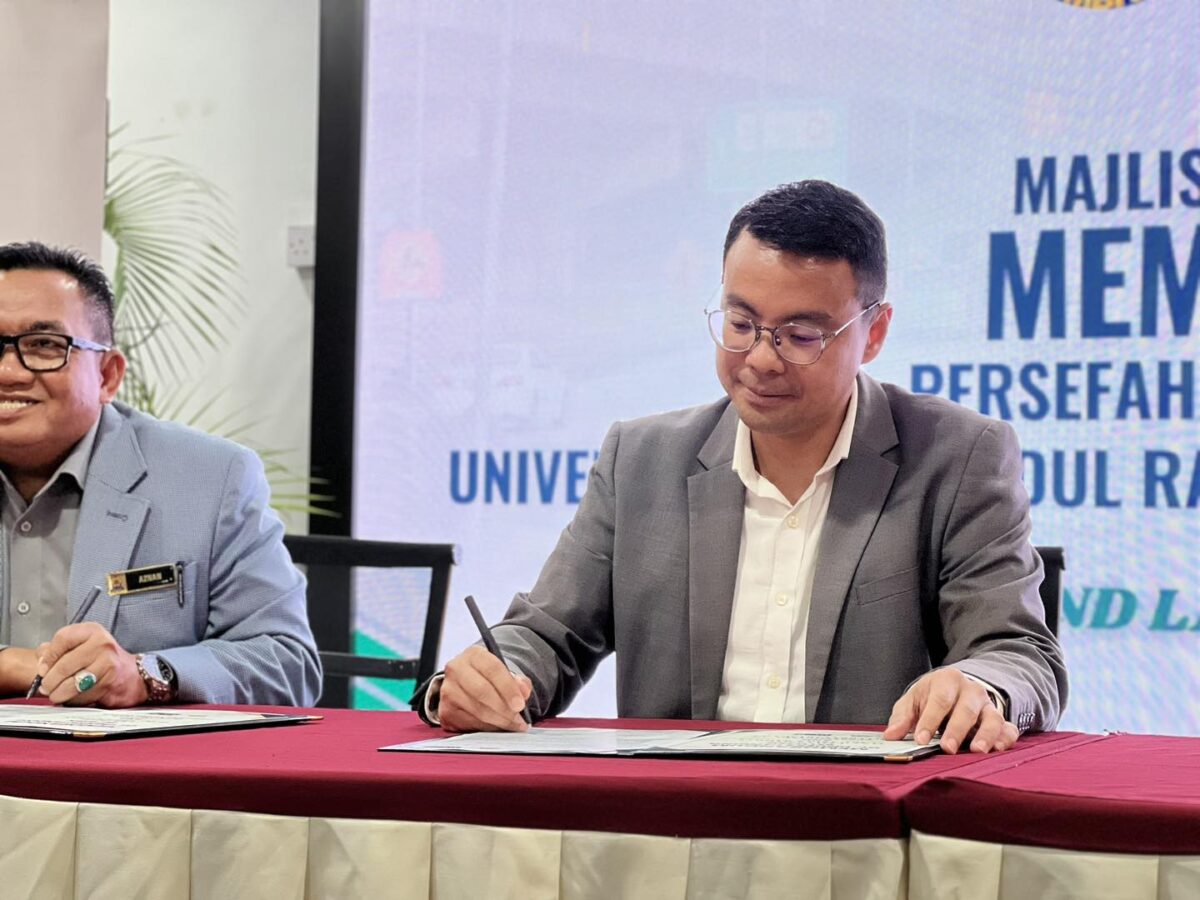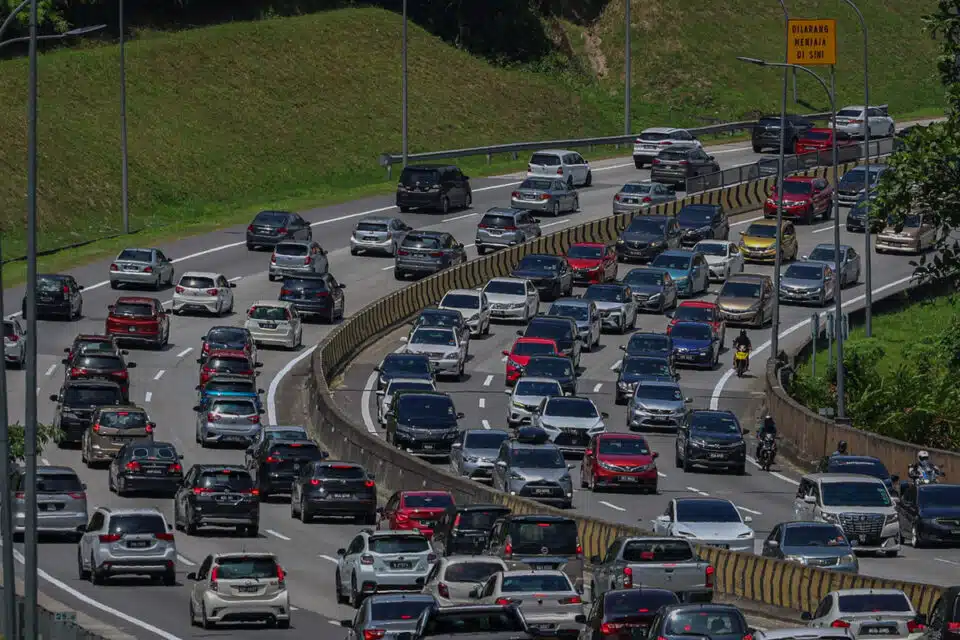By Danial Dzulkifly
SHAH ALAM, June 28 — The take-up rate for public transport remains poor despite increasing traffic congestion within the Klang Valley, said Petaling Jaya MP Lee Chean Chung.
He lamented how people are still depending on private vehicles out of comfort and convenience, and due to issues with the public transport system, particularly first- and last-mile connectivity.
“I think we are now at around 15 to 20 per cent (towards achieving an acceptable level of public transport), which means there is a lot of growth potential. I’m an optimist, and I think public transport should not be demonised. It is something cool and great to have.
“If you try it, you will like it because you get to do more walking, have more time to read or even watch a movie, rather than just looking at your steering wheel,” he said during Selangor Journal’s Lunch on Us! talk show yesterday.
Lee said with the proposed targeted petrol subsidy, there is now greater need for the government to focus on public transport to offer the people alternative modes of travel.
“If they don’t want to drive, they should have another mode of transport to reach their workplace or other destinations for recreational purposes. This is important.”
Lee said with the government cutting costs and rationalising subsidies, some of the funds should be channelled to improving public transport and its infrastructure.
However, he acknowledged it is unlikely for Malaysia to move from private car use in the near future, as the nation has pivoted towards a private vehicle economy.

“I think we are influenced by our national car policy.
“Transforming this overnight is nearly impossible, but we must take steps to acknowledge the weaknesses and try to bring back public transport.
“We used to have pretty good minibuses in the past. They were workable — dangerous, but workable,” he quipped.
He suggested the country adopt a two-car-per-family limit and work towards providing multimodal transport for the public.
“I don’t think we can live without cars in the next 10 years, but can we limit the number of cars to maybe a maximum of two per family? Not by imposing strict limits, but by discouraging the ownership of a third car.
However, Lee does not believe Malaysia should emulate Singapore’s strict policy, which requires drivers to obtain costly certificates of entitlement to have the right to vehicle ownership for 10 years.
“It would be draconian to introduce such a policy in Malaysia suddenly. It would be unjust to the people because they don’t have a choice right now,” he said.
Lee said the biggest gap in public transport today remains first- and last-mile connectivity.
“Where are the buses? Where are all the minibuses that were so active in the past? We need to bring back minibuses, (have more) vans and demand-responsive transit (DRT), and create more walkways and bicycle paths,” he said.
Commenting on the state government’s effort to introduce DRT, which is currently in its trial phase, Lee applauded the effort but said such a service must complement rather than replace bus services.
“It’s working well for some segments of society, but daily travellers prefer to have a certain schedule to plan their routine.
“So, every day, if I have to (book through) my app and wait for the van to come, it’s not practical. It serves some people well, but I believe we need to invest more in buses to complete the routing network and encourage cycling and walking,” he said.





